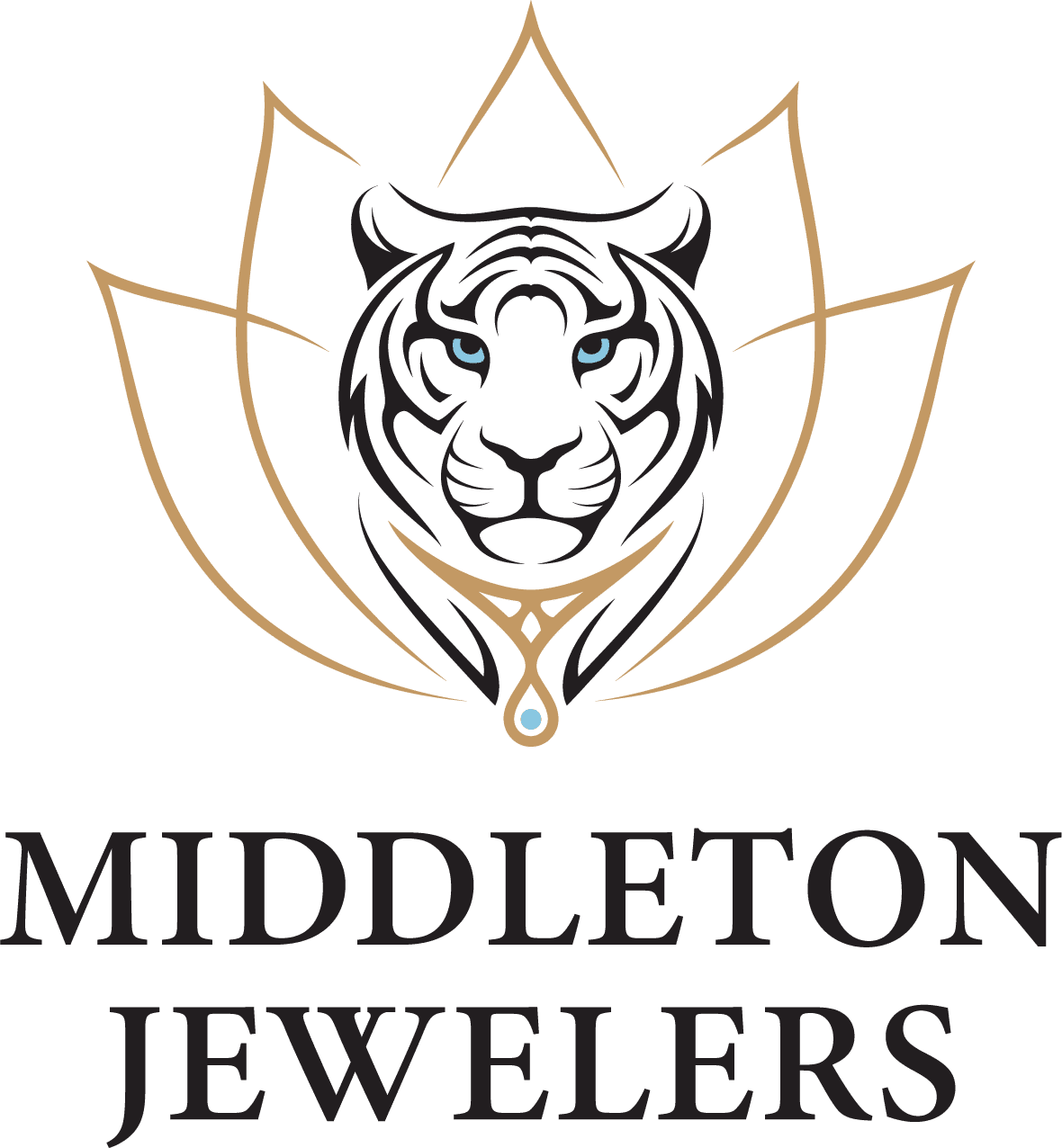Weekend Cause Gains Sparkle
Middleton Jewelers in Middleton, Wisconsin is turning profit into purpose: for one weekend, part of sales from Friday and Saturday will be donated to Porchlight, a local shelter supporting people experiencing homelessness. Owner Manny Soin says that with gold’s price at an all-time high, “trading in” jewelry brings greater giving potential—this time, it’s 5 % of every item traded in (gold, silver, even Pokémon cards!).

More Than Just Sales: Building Brand with Values
It’s not just about generosity. Soin aims to deepen customer connection: offering desserts, snacks, a raffle, and an event people want to attend for a cause. This plays into what many consumers now expect: that brands do more than sell—they stand for something. In the world of ethical jewelry, where sustainable gemstones and transparent sourcing are key, giving back isn’t just nice—it’s part of value perception.
Gold Prices, Trading In, and Transparent Impact
With the gold marketplace booming, jewelry stores that promote traceability, fair trade, or even alternative materials (like lab-grown diamonds or recycled metals) can resonate better. Middleton’s donation campaign is local and authentic—but in the broader market, is this gesture enough to compete with brands that build ethical credentials into product lines?
Local Heart, Ethical Context
Porchlight’s mission is legal shelter and support. For a community jewelry store, this kind of initiative feels genuine. But ethical jewelry standards today often include transparency about sourcing, environmental impact, fair labor, and alternatives. The brands that thrive will combine local goodwill with global standards.
